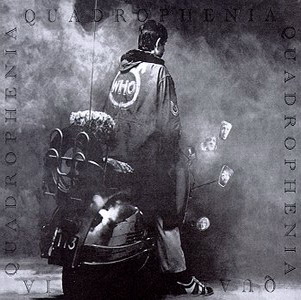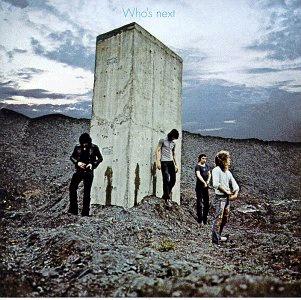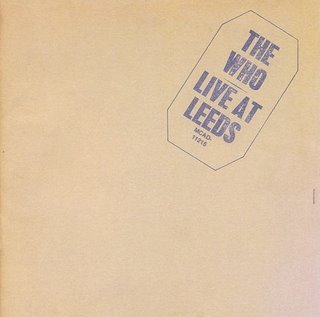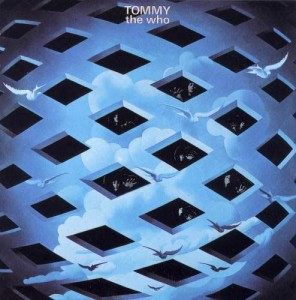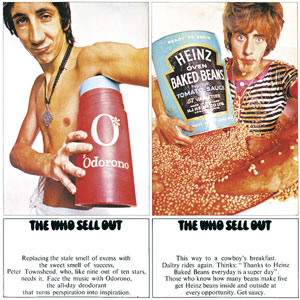Check the first part of this review here.
Quadrophenia is a concept album that spans two records and which has 17 songs. It tells the story of a young mod named Jimmy who faces an existential dilemma, aggravated by the fact that he has four different and conflicting personalities, and each one of these reflects the personality of a member of The Who: a fighter, a romantic, a lunatic and a spiritual seeker. That is why there are four songs which are labeled as a member of The Who’s individual theme.
The story is not cohesive enough as it stands here – the movie was to be cohesive and to make sense, but that was to come much later on. In any case, Pete has come up with an emotional setting that is enough to make for any narrative deficiency. The Who are one of the best exponents of music that is internalized and felt, and Quadrophenia does not fail to deliver in that sense.
We get to see Jimmy as he his maturing, and that stands as an excellent analogy of the transition of music from the idealistic ’60s to the somehow starker ’70s. The Who were one of the longest-standing bands at that point, and they had not only the insight but also the right to articulate such issues. Continue reading

